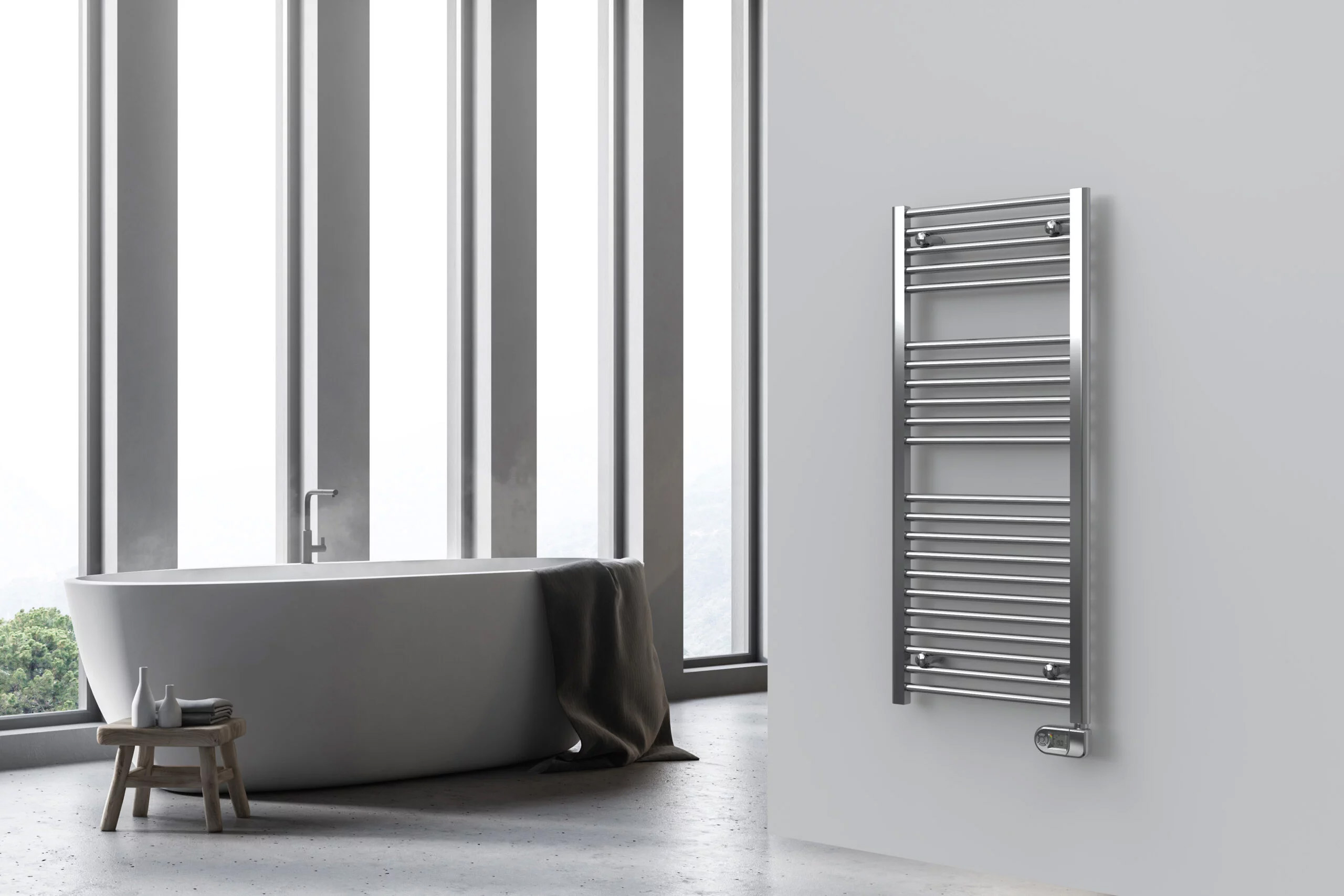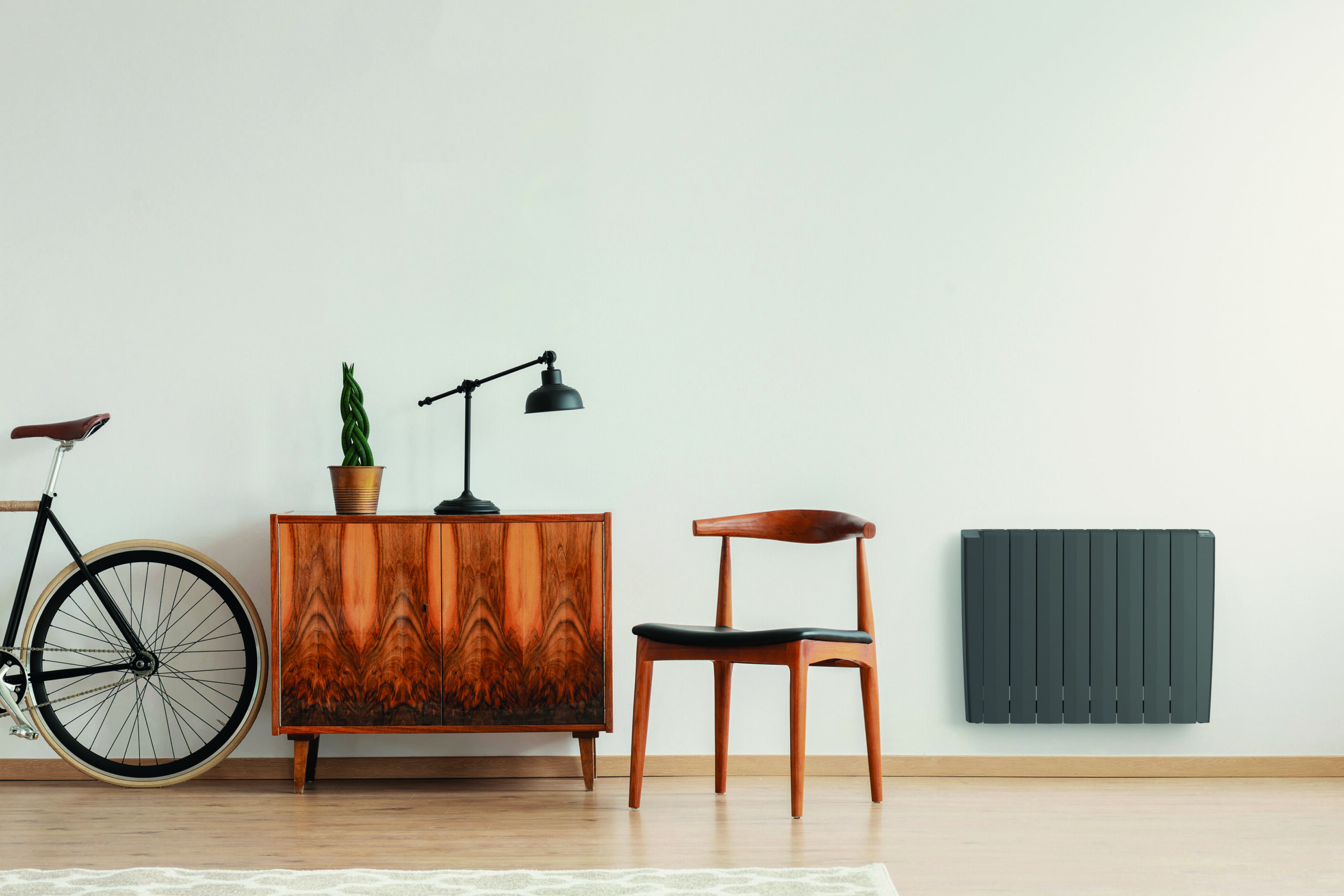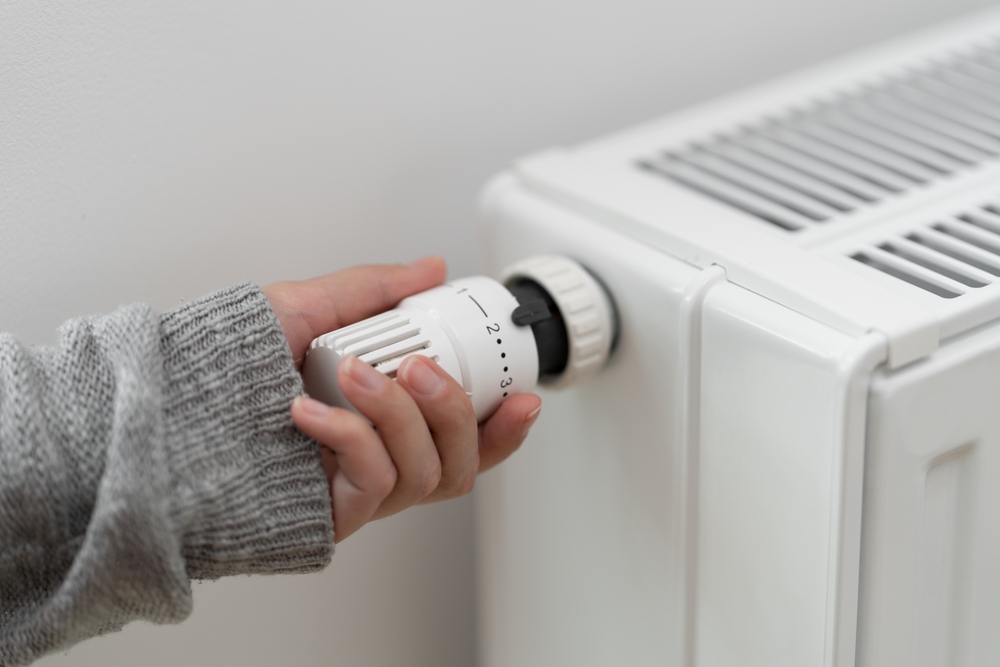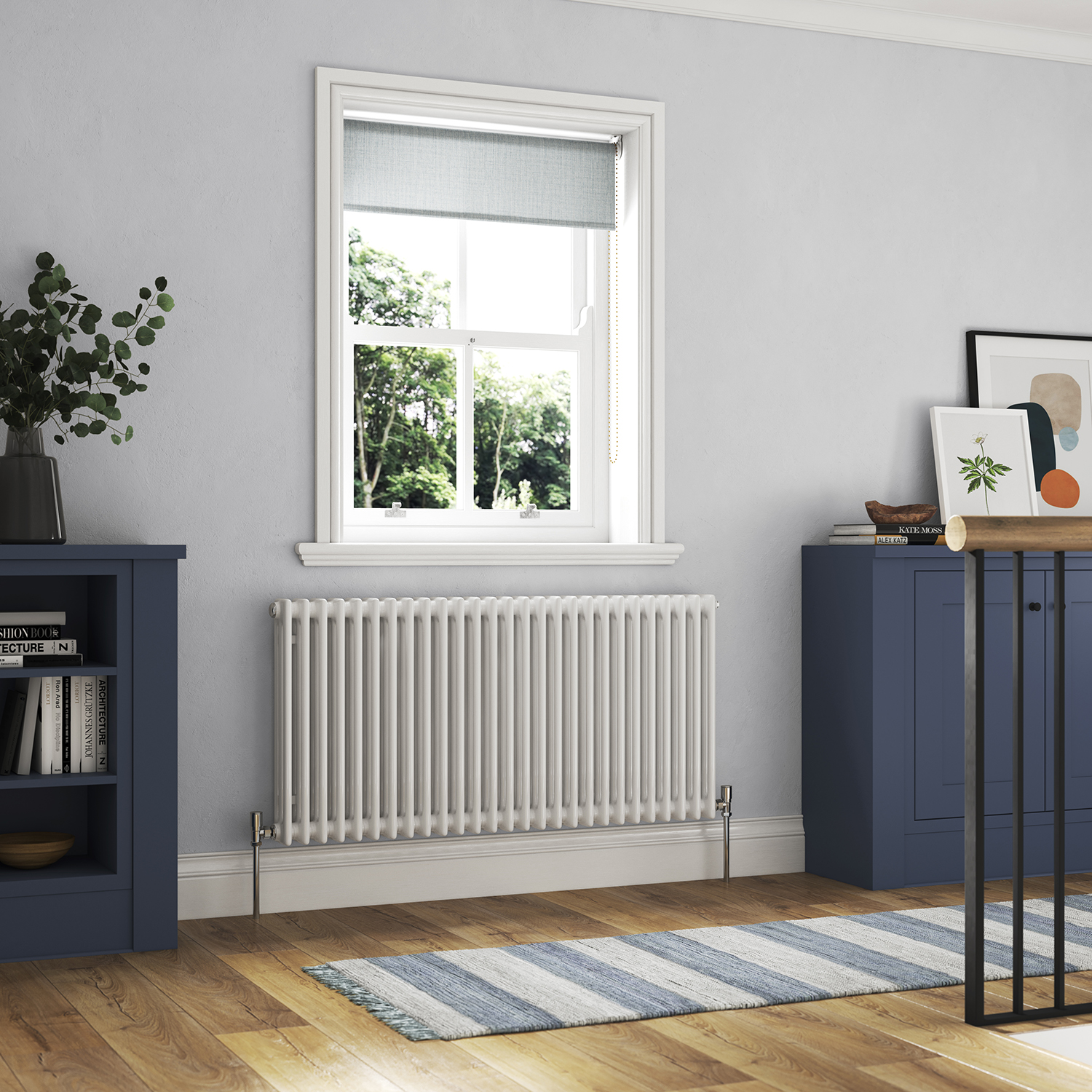If you’ve been noticing your energy bills creeping up and you’ve started asking, “Why are my heating bills high?” it may be time to take a closer look at your radiators. While your boiler often gets the blame for inefficiency, your radiators could be the real culprits quietly draining your wallet. Older radiators often fly under the radar when homeowners consider ways to cut energy costs, but they can be responsible for a significant portion of the heating bill.
Stick around as we explore how outdated radiators drain your bank account, the hidden costs you might not have considered, what advancements have been made in modern radiator technology, the signs that indicate it’s time for an upgrade, and how Stelrad can help you save money with a radiator upgrade.
How Old Radiators Drain Your Bank
When radiators age, they don’t just become outdated in style, they become increasingly inefficient and expensive to operate. If you’ve ever felt like your home takes forever to warm up, or you have to keep the heating on longer just to feel comfortable, the problem might lie with your radiators. One of the primary ways old radiators drain your bank is through inefficient heat distribution. Over time, sludge build-up, internal corrosion, and general wear can severely impact a radiator’s ability to heat effectively. This means they take longer to warm up and fail to distribute heat evenly throughout your living space, creating hot and cold spots that make your system work harder than it needs to.
This inefficiency translates directly to higher energy usage. You’ll find yourself turning up the thermostat or leaving the heating on for extended periods just to reach your desired comfort level. More energy use inevitably leads to higher heating bills, even if your boiler is working efficiently. So, if you’ve been wondering, “Are old radiators more expensive to run?” the answer is a definite “yes”. Older radiators also tend to suffer from frequent breakdowns and issues that demand regular maintenance. Whether it’s bleeding them to remove trapped air or calling out a professional for leaks or valve issues, these ongoing costs add up.
On top of this, older models are more likely to have poor insulation and compromised heat retention, especially around joints and valves, which means precious heat is lost before it can warm the room. All of these factors combined make a strong case for upgrading and enjoying the long-term savings that come with newer, more efficient heating systems.
Hidden Costs You Might Be Overlooking
While the visible impact of inefficient radiators is bad enough, there are several hidden costs that many homeowners fail to factor in. One of the biggest; yet least considered, is wasted boiler efficiency. A modern boiler is designed to operate at peak performance, but if it’s paired with a set of outdated radiators, it won’t be able to perform as intended. The radiator bottleneck restricts efficient energy use, meaning your boiler must work harder and for longer to compensate for the radiators’ shortcomings.
Another overlooked consequence is the environmental cost. High energy consumption doesn’t just hit your wallet; it contributes to a higher carbon footprint. In a time where sustainability is more important than ever, hanging on to old radiators could be undermining your efforts to live more eco-consciously.
Then there’s the potential for water damage. Radiators that are corroded or leaking might not be immediately noticeable, but over time, these small issues can cause significant damage to your walls and floors. This can result in costly repairs and might even affect your home insurance premiums.
Finally, outdated heating systems can negatively impact the value of your property. Whether you’re looking to sell or rent out your home, prospective buyers or tenants are likely to be turned off by an inefficient and outdated heating setup. A modern, energy-efficient heating system is a big selling point in today’s property market. These hidden costs add further weight to the financial and practical reasons to upgrade and save money with a radiator upgrade sooner rather than later.
What’s Changed With Modern Radiators?
The radiator industry has undergone a transformation in recent years, and today’s models are worlds apart from their clunky, outdated predecessors. One of the most noticeable changes is in design. Modern radiators boast smarter designs with slimline profiles, improved surface areas for better airflow, and materials that promote optimal heat retention and transfer. This isn’t just about aesthetics, although modern radiators do look significantly better in a home setting, it’s about functionality. With faster heat-up times and the ability to maintain warmth more effectively, modern radiators help reduce energy consumption and improve indoor comfort.
Energy efficiency is at the heart of these improvements. Where old radiators might take ages to reach the desired temperature, newer models achieve it quickly and maintain it with less effort. Many are also equipped with zoned heating capabilities, allowing you to heat only the rooms you need, exactly when you need them. This level of control is a game changer when it comes to energy conservation and cost reduction. For households seeking to further reduce their environmental impact, compatibility with thermostats and renewable heating systems such as heat pumps is now a standard feature in many models.
At Stelrad, we are proud to offer a range of radiators designed with these advancements in mind. Our Green Series radiators are engineered for efficiency and sustainability, making them ideal for modern eco-conscious homes. So, when you’re ready to ask more than just “Why are my heating bills high?” and start seeking actual solutions, modern radiators are the answer.
Signs It’s Time to Upgrade Your Radiators
Deciding when to upgrade your radiators doesn’t have to be guesswork. There are several clear indicators that it might be time to make the switch. If your radiators are more than 15 to 20 years old, they are likely far less efficient than today’s models, even if they appear to be in working condition. Age alone can mean outdated materials, internal degradation, and a lack of modern features that enhance performance.
Frequent bleeding or minor repairs might seem like small maintenance tasks, but they’re signs of an aging system struggling to keep up. Similarly, if you notice strange sounds such as banging, gurgling, or clunking, it could mean there’s internal build-up or a mechanical issue that compromises efficiency. Cold spots across the radiator surface despite having it on full blast indicate uneven heat distribution, another red flag!
Finally, if you’ve recently upgraded your boiler but haven’t noticed a significant improvement in your heating performance, the radiators are likely limiting your system’s capabilities. Don’t ignore these signs. Instead, consider how much you could save money with a radiator upgrade by acting before small issues become expensive problems.
Upgrade Your Radiators with Stelrad
Choosing to upgrade your radiators is an investment in comfort, efficiency, and financial stability. By replacing old radiators with energy-efficient models from Stelrad, you not only benefit from improved warmth and faster heating times but also enjoy lower monthly energy bills. Over time, the cost savings on energy usage, maintenance, and even insurance premiums can be substantial. There’s also the added benefit of peace of mind, knowing your home is equipped with a reliable and modern heating system.
At Stelrad, we combine over 90 years of experience with a commitment to innovation. Our wide selection of high-performance radiators caters to every type of home, from traditional to contemporary, all while helping customers cut costs and reduce environmental impact. Whether you’re replacing one unit or upgrading your entire heating system, we provide the quality, support, and long-term value that make all the difference.
If you’re still unsure where to begin or which type of radiator would best suit your home and heating setup, our friendly and knowledgeable team is here to help. Get in touch with us today for tailored advice and expert guidance on your journey to a more efficient home.
 Next Day Delivery£18 For Next Day Delivery On All Products*When ordered before 2pm.*T&Cs apply
Next Day Delivery£18 For Next Day Delivery On All Products*When ordered before 2pm.*T&Cs apply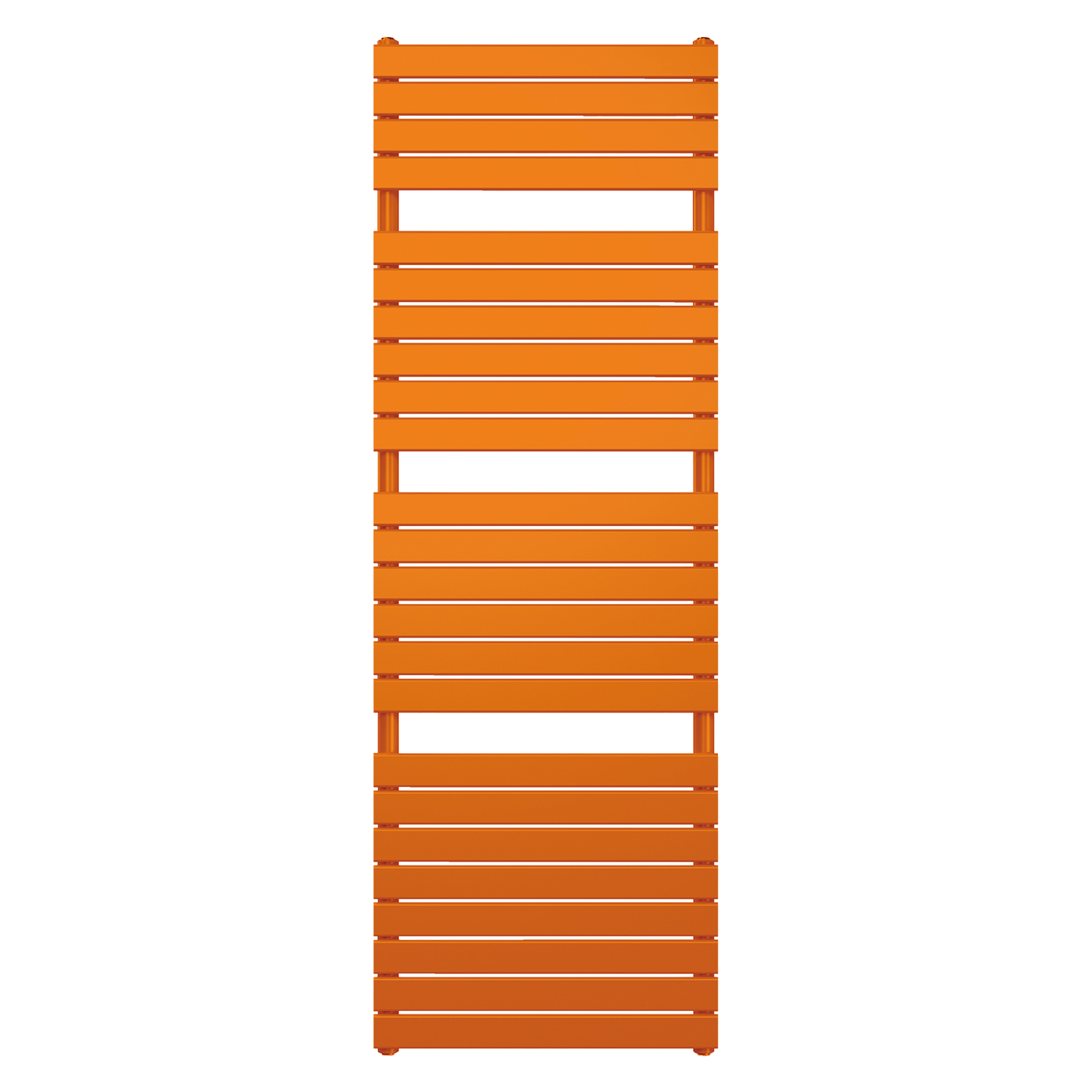 HOME SERIESConcord Rail Coloured
HOME SERIESConcord Rail Coloured

